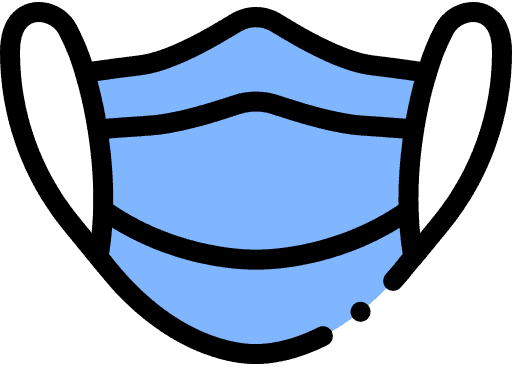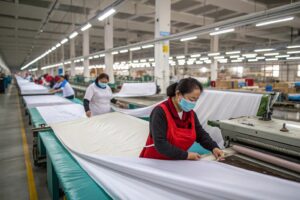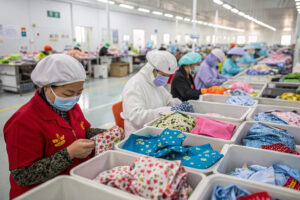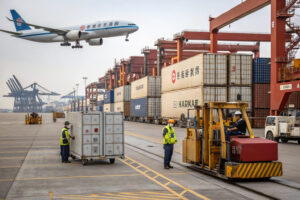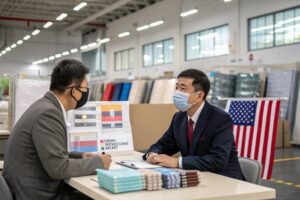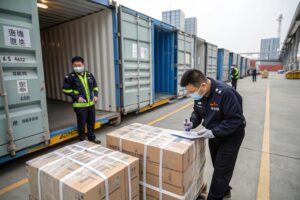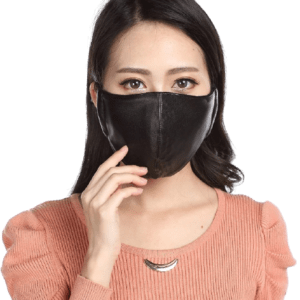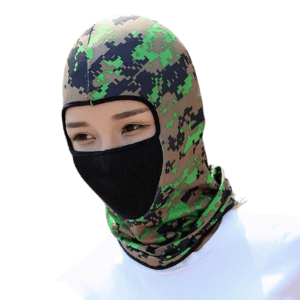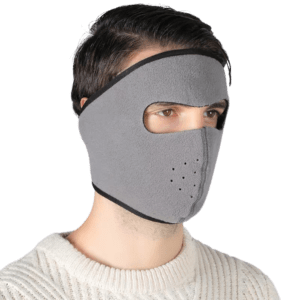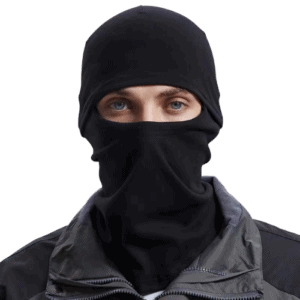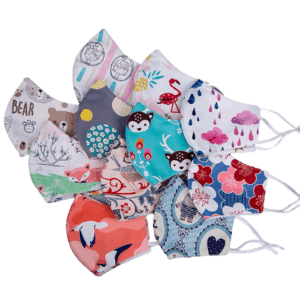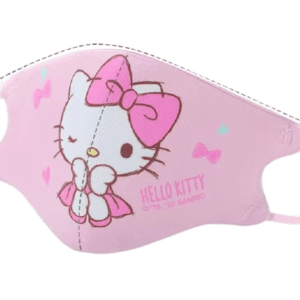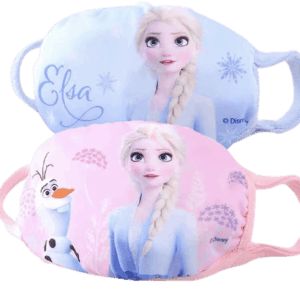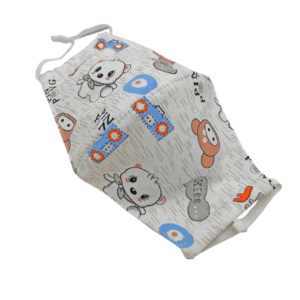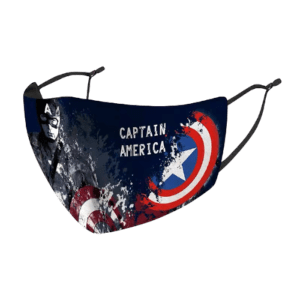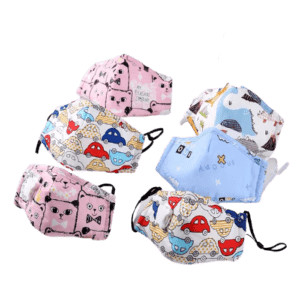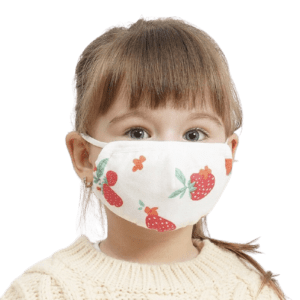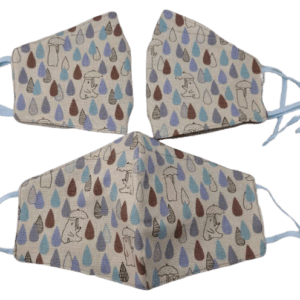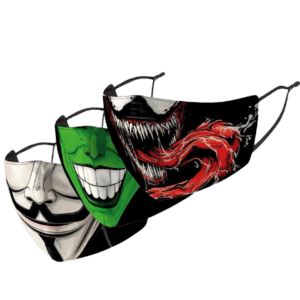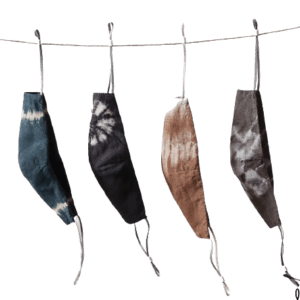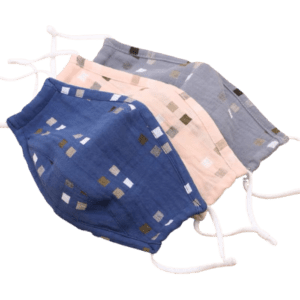The world may be transitioning beyond the pandemic, but fashion face masks aren’t going anywhere. In fact, they’re evolving faster than ever into expressive, high-tech, and eco-conscious style statements.
In 2025, fashion designer fabric masks are blending innovation, personalization, and sustainability to define next-generation wearable aesthetics.
In this post, I’ll break down the top trends we're seeing from global buyers—from luxury couture masks to upcycled artisan collections—and what it means for sourcing from China’s fabric accessory hubs.
Are Smart and Functional Elements Taking Over Fabric Mask Design?
As technology creeps further into apparel, designer masks are no exception.
Buyers in 2025 are looking for face masks that offer both style and smart performance—without compromising on comfort or aesthetics.

What Functional Features Are Trending?
Buyers are ordering masks with:
- UV-resistant coatings
- Anti-fog mesh panels (especially for glasses wearers)
- Built-in filter pockets with nanofiber inserts
- Cool-touch bamboo viscose layers
- Anti-bacterial silver-ion coating
These are paired with smart placement of nose bridges, moisture-wicking linings, and adjustable ear tension using cord locks or toggles.
China’s textile hubs like Keqiao are actively integrating smart finishes like HeiQ Viroblock and graphene cooling technology into fashion mask designs.
Are Wearable Tech Elements Emerging?
Yes! Some higher-end brands are embedding:
- Air quality sensors
- Bluetooth alert chips
- Rechargeable micro-fans
While still niche, we’ve helped European boutique brands sample “smart couture” masks for exhibitions and press launches.
How Are Designers Incorporating Artisan Craft and Sustainability?
The slow fashion movement is reshaping fabric mask aesthetics too. In 2025, global retailers are tapping into artisan traditions and eco-materials.
Designer masks are being hand-crafted using heritage textiles, ethical labor, and limited-edition patterns that celebrate culture and craftsmanship.

What Materials and Techniques Are Popular?
- Handwoven cotton and organic hemp
- Natural dyes from indigo, turmeric, and madder
- Appliqué, kantha stitching, and sashiko
- Deadstock patchwork or color-blocked upcycling
Brands from Paris to Melbourne are sourcing eco-recycled textiles or partnering with Asian co-ops to tell local sustainability stories through accessories.
We’ve collaborated with textile houses in Guangxi and Zhejiang to create exclusive artisan masks for regional export markets.
How Is Sustainability Being Verified?
Designers now request:
- GRS-certified fabrics for upcycled materials
- OEKO-TEX 100 dyed trims
- QR-linked carbon impact reports per SKU (especially in EU)
We provide this via our digital traceability system, used widely across the RCEP zone and by brands aligned with UN SDGs.
Are 2025 Mask Colors and Silhouettes Inspired by Fashion Runways?
Fashion masks are merging with overall fashion collections more seamlessly than ever before.
In 2025, color palettes, silhouettes, and textures for fabric masks are echoing trends from couture shows and streetwear hybrids.

What Color Trends Are Dominating?
According to the Pantone 2025 Forecast, top shades include:
- Sun-baked terracotta
- Neo-mint and glacier gray
- Hyper lavender
- Velvet navy and iced jade
These are paired with metallic prints, marble dip-dyes, and dual-tone ombré effects that elevate masks from basic to bold.
What Silhouettes Are Leading?
In terms of structure, we’re seeing:
| Style | Description |
|---|---|
| 3D Contour Fit | Sculpted cheek line and chin cup |
| Origami Fold | Pleated, multidimensional shapes |
| Scarf-Integrated | Combined headwrap and mask panel |
| Modular Snap-On | Mask base with attachable decorative layers |
| Hooded Face Drapes | Ultra-fashionable hybrid of veil and mask |
China’s ODM manufacturers, especially in Keqiao and Guangzhou, are expanding sampling to include fashion-forward moldings, foam-injected linings, and layered textiles.
What Role Does Digital Customization Play in 2025’s Designer Mask Trends?
Consumers want more say in how their fashion accessories look and feel—and mask brands are delivering with digital tools.
In 2025, customizable fabric face masks are merging AR fitting tech, 3D pattern selection, and limited-run print drops.

How Are Brands Offering Personalization?
We’re helping clients implement:
- Web-to-print mask configurators
- Live embroidery previews (like Printful)
- AR try-ons using 3D face models
- One-off drop campaigns using QR-linked order verification
Some U.S. and German buyers are even building subscription services that ship personalized masks monthly, based on the customer’s mood board or fashion calendar.
How Do Suppliers Handle This in China?
It requires agile:
- Small-batch dyeing partners
- Laser-cut fabric machines for complex layering
- AI-assisted supply planning for micro-runs
- Integration with platforms like Shopline or Shopify APIs
Our team now supports 72-hour digital prototype turnarounds, using client-supplied PSDs, vector logos, or trend reference images.
Conclusion
2025's fabric face mask trends are proof that this category has moved from necessity to luxury, from plain to powerful. Whether it's smart features, sustainable textiles, runway colors, or digital personalization, designer masks are here to stay. As your partner in China, we’re ready to help you bring these trends to life—beautifully and efficiently.
